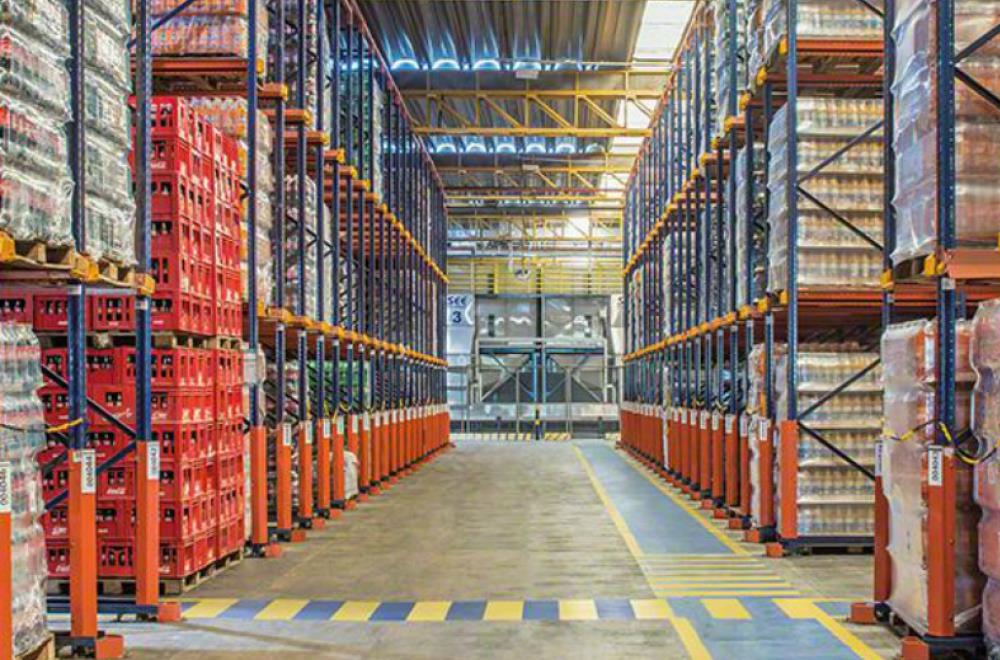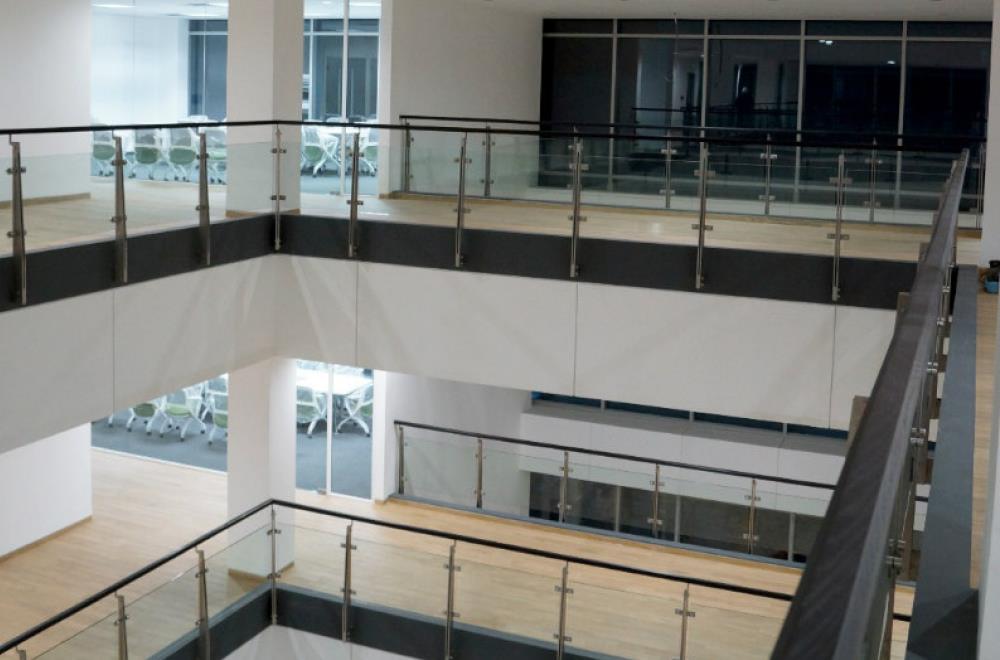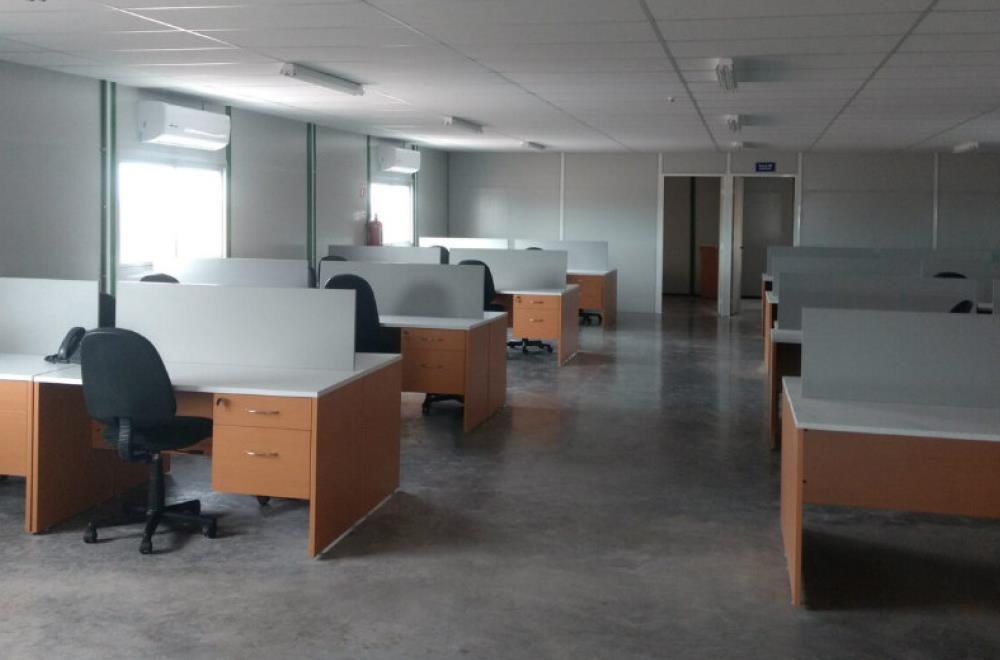
Constructing buildings that can withstand extreme climates is a formidable challenge that architects and engineers face worldwide. From the searing heat of the Sahara Desert to the frigid cold of the Arctic Circle, building in these harsh environments requires innovative solutions and materials. This blog explores the unique strategies and lessons learned from constructing in some of the world's most extreme climates.
In regions like northern Canada and Scandinavia, temperatures can plummet to life-threatening lows. Buildings in these areas are designed with exceptional insulation standards to maintain a comfortable indoor environment. Triple-glazed windows, super-insulated walls, and thermal breaks prevent heat loss, crucial for energy conservation and sustainability. Moreover, leveraging passive solar design maximizes low-angle sunlight in winter months, reducing the reliance on artificial heating.
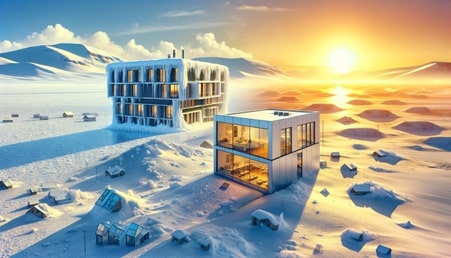
Contrastingly, in the hot, dry climates of places like the Middle East and the American Southwest, the primary challenge is keeping interiors cool without excessive energy use. Here, construction techniques often include highly reflective building materials that repel sunlight and heat. White or light-colored roofs and walls, which reflect rather than absorb heat, are common. Buildings often feature thick walls and small windows, minimizing heat entry. The incorporation of advanced cooling systems, often powered by solar energy, helps maintain comfortable temperatures.
In tropical climates, such as Southeast Asia or the Caribbean, high humidity and heavy rainfall present unique challenges. Materials that resist mold and corrosion are pivotal. Elevated structures are commonly used to avoid flood risks, while extensive overhangs and shaded areas reduce heat gain from direct sunlight. Natural ventilation is also maximized in design to allow breezes to cool interiors naturally, reducing the need for air conditioning.
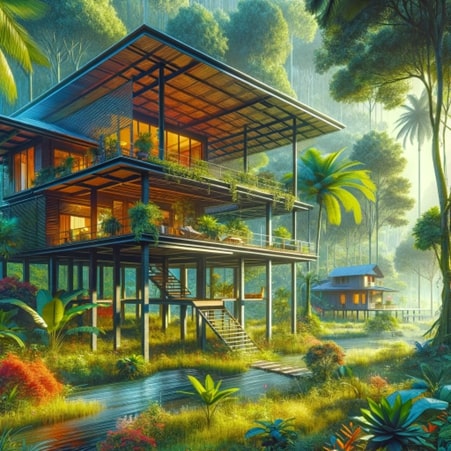
Areas prone to hurricanes or typhoons, such as the Gulf Coast of the United States or the Philippines, require buildings to withstand high winds. This has led to the development of aerodynamically shaped buildings that can deflect high winds upwards and around, reducing stress on the structure. Additionally, the use of hurricane straps, reinforced roofing materials, and impact-resistant windows are critical to ensure structural integrity and safety.
In earthquake-prone regions like Japan and California, buildings must be flexible enough to absorb seismic shocks. Techniques such as base isolation, where buildings are mounted on shock absorbers, and the use of flexible materials within the structure, help prevent collapse during earthquakes. Builders in these areas often engage in rigorous geological surveys before construction to ensure stability.
The diverse strategies employed across these extreme climates carry universal lessons in sustainability and resilience. Energy efficiency, whether through maximizing insulation or enhancing natural ventilation, plays a crucial role in reducing the environmental impact of buildings. Additionally, choosing locally adapted materials not only supports local economies but also ensures that buildings are suited to their environments.
The ongoing exchange of technology and ideas among countries dealing with extreme climates fosters a collaborative approach to global construction challenges. Innovations developed in one part of the world often find applications elsewhere, adapting to local conditions and needs.
In conclusion, building in extreme climates demands a deep understanding of local environments, cutting-edge engineering, and innovative architectural designs. These practices not only ensure the safety and comfort of inhabitants but also push the envelope of what's possible in sustainable, resilient building practices worldwide. Each extreme climate offers unique lessons that, when shared, can enhance global building practices.
